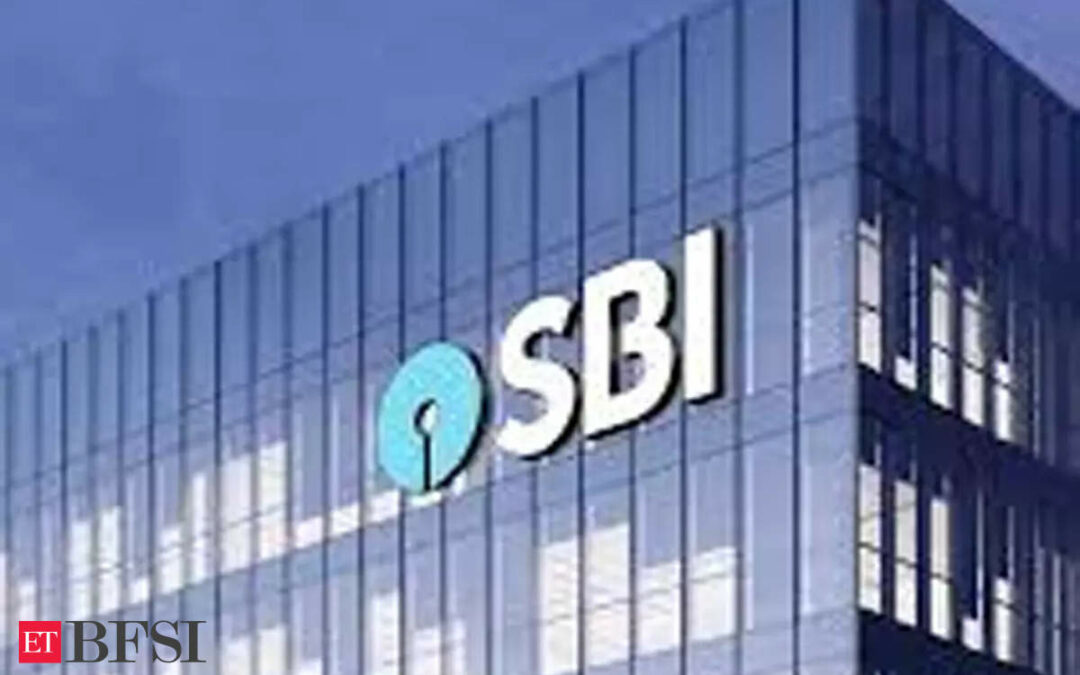The State Bank of India (SBI) has raised rates retail domestic term deposits (below Rs 2 crore) ranging from 25 to 75 basis points for deposits with less than one-year tenure, which may trigger fresh bout of rate hikes by other banks.
SBI has also increased interest rates on domestic bulk term deposits (₹2 crore and above) by 10 to 50 basis points across five out of eight maturity buckets. These new rates became effective on May 15, 2024.
The SBI move comes as deposit growth lags behind credit growth, and the banking system grapples with an overall liquidity deficit.
Recent data shows that credit growth is outpacing deposit growth, with all scheduled banks recording a credit growth of 19.29% year-on-year (Y-O-Y) as of May 3, 2024, compared to a deposit growth of 13.34% Y-O-Y. To address this disparity, banks are increasing deposit rates to attract more funds.
The highest interest rate currently offered by SBI stands at 7% on retail term deposits with a duration of 2 years to less than 3 years. For bulk term deposits, the highest interest rate offered is also 7% on the 1-year to less than 3 years maturity bucket.
The cumulative 250 basis points repo rate hike between May 2022 and February 2023 has resulted in a transmission of 241 basis points in the Weighted Average Domestic Term Deposit Rate (WADTDR) on fresh deposits and 183 basis points on outstanding deposits by February 2024.
High CD ratio
Banks are actively addressing concerns raised by the Reserve Bank of India regarding the high credit-deposit (CD) ratio. In response, they are focusing on accelerating deposit growth in the fourth quarter to bring down the ratio.
Preliminary data indicates that the deposit growth of several banks has surpassed loan growth during this period, leading to a moderation in the CD ratio.
Reports suggest that deposit growth has outpaced loan growth in the fourth quarter, with an overall improvement observed in the loan-to-deposits ratio (LDR) for most banks. This positive trend extends even to select Public Sector Undertaking (PSU) banks, which historically maintained lower LDRs.
HDFC Bank, IDFC First Bank, and some small finance banks, have seen their CD ratios exceed 100%, surpassing the industry average of 80%. Notably, private banks tend to exhibit higher CD ratios compared to public sector banks.
HDFC Bank, for instance, has experienced robust deposit mobilization, outpacing the growth in gross advances, thereby contributing to a faster normalization of the credit-deposit ratio.
Five out of seven private sector lenders have witnessed deposit growth outpacing credit growth sequentially in the fourth quarter of FY24, except for AU Small Finance Bank (SFB) and South Indian Bank, according to provisional data released by leading private sector banks.










